As urban expansion continues to creep into natural habitats, big cats—the majestic predators of the wild—are finding themselves increasingly in contact with human environments. From jaguars in the Americas to leopards in Asia, these powerful creatures demonstrate remarkable adaptability in the face of urban encroachment. This article explores how big cats are adjusting their behaviors and habitats in response to human expansion, offering insight into their survival strategies and the challenges they face.
Understanding Urban Encroachment

Urban encroachment refers to the expansion of urban areas into natural habitats, often leading to habitat fragmentation and loss. The growth of cities and infrastructure development push the boundaries of human settlement, often at the cost of wildlife. For big cats, this encroachment disrupts their territories, prey availability, and traditional migratory routes.
Why Big Cats Venture into Cities
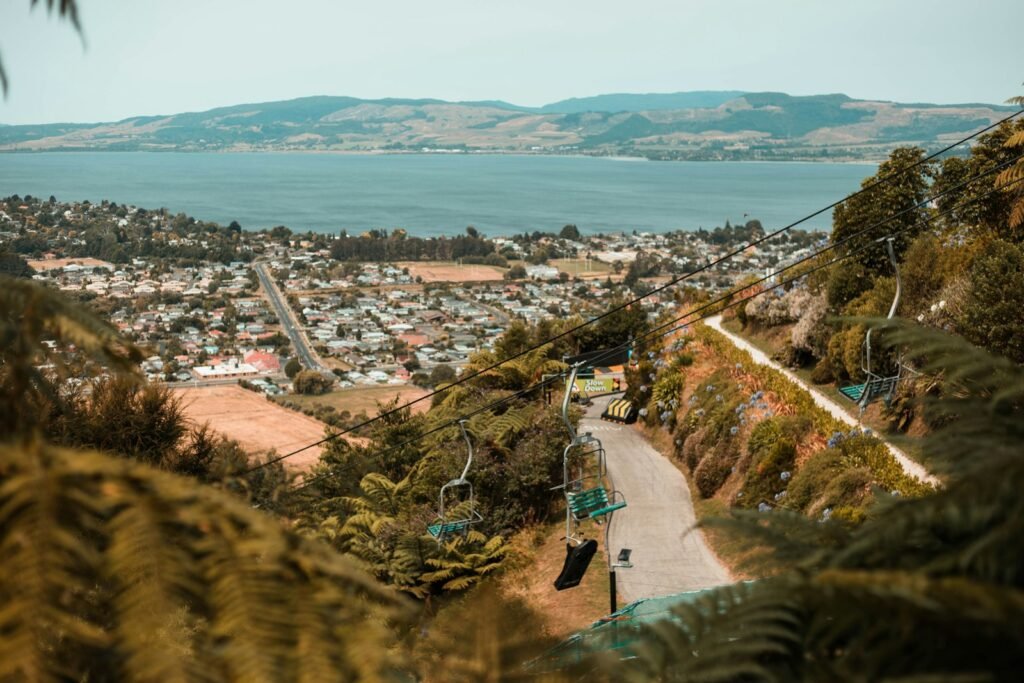
Big cats venture towards urban areas primarily due to habitat loss and scarcity of prey in the wild. As forests and grasslands give way to concrete jungles, these predators seek new territories where prey might be more abundant. Moreover, human settlements often attract prey species like deer and rodents, which in turn draw big cats closer to urban areas.
Behavioral Adaptations
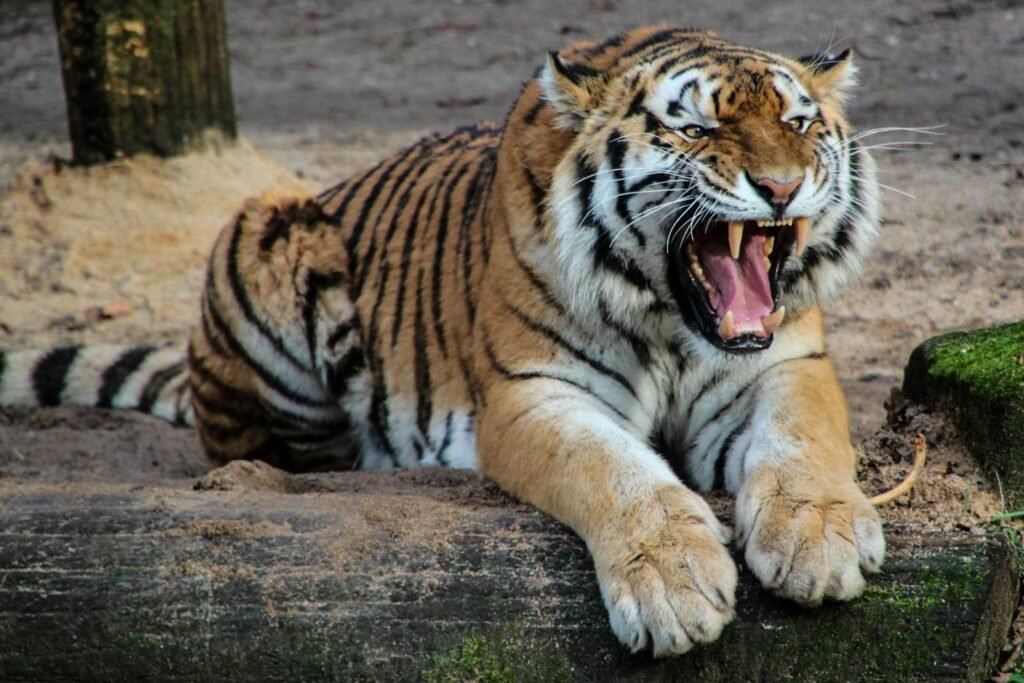
Big cats have adapted to urban environments by altering their behavior in several ways. Many species display nocturnal habits, becoming more active at night when human activity is minimal. This shift helps them avoid direct contact with people while capitalizing on the presence of prey animals that also venture out during the night.
Dietary Adjustments
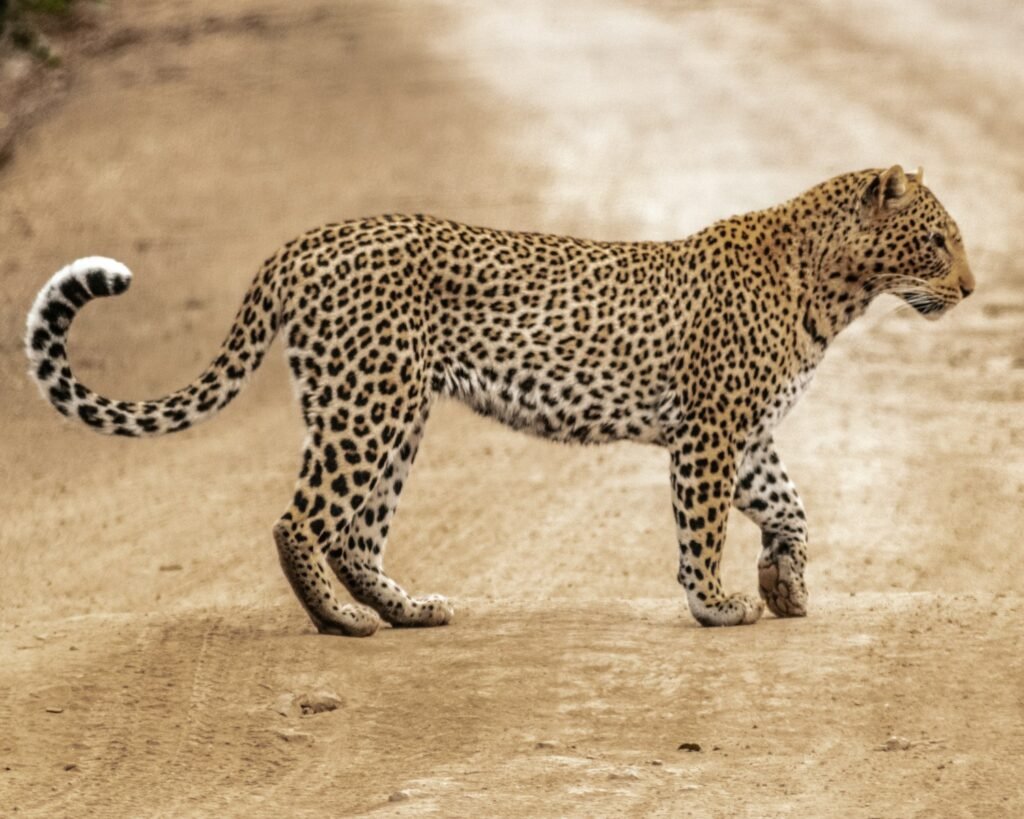
Urban areas often provide unexpected feeding opportunities for big cats. Leopards, for instance, are known to prey on stray dogs and livestock near city fringes. This dietary flexibility aids their survival in urban settings, though it can lead to conflicts with humans who suffer livestock losses.
Navigating Urban Landscapes
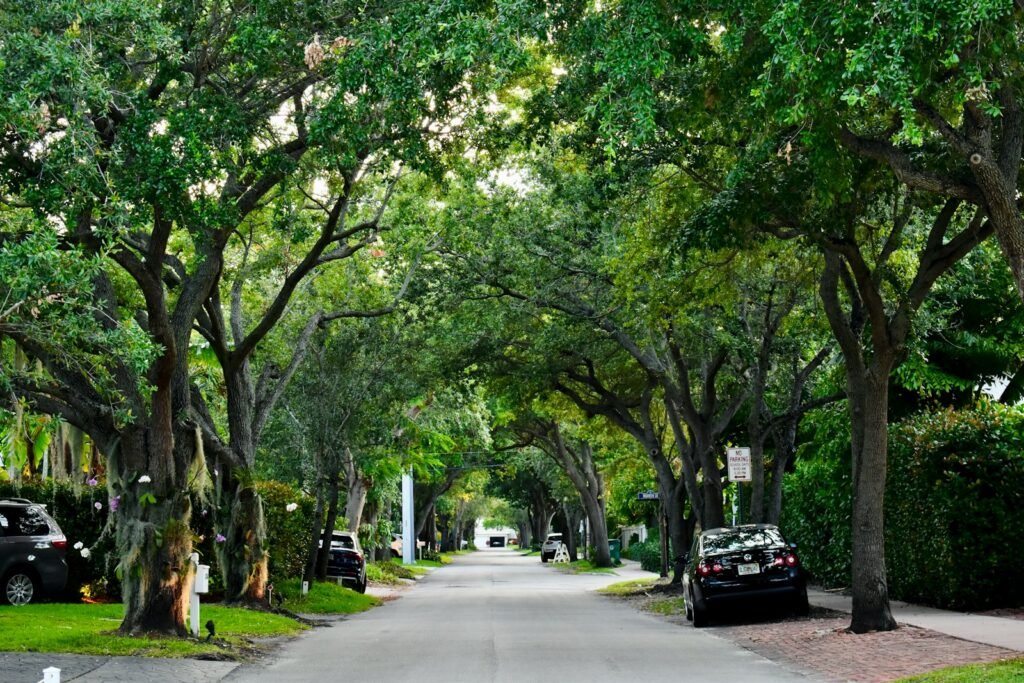
Unlike the open expanse of their natural habitats, urban landscapes present a complex maze of obstacles for big cats. These animals display ingenuity in navigating through cities by using green corridors, such as parks and riverbanks, to move between patches of natural vegetation. They also take advantage of underpasses and culverts to cross busy roads safely.
Human Tolerance and Coexistence
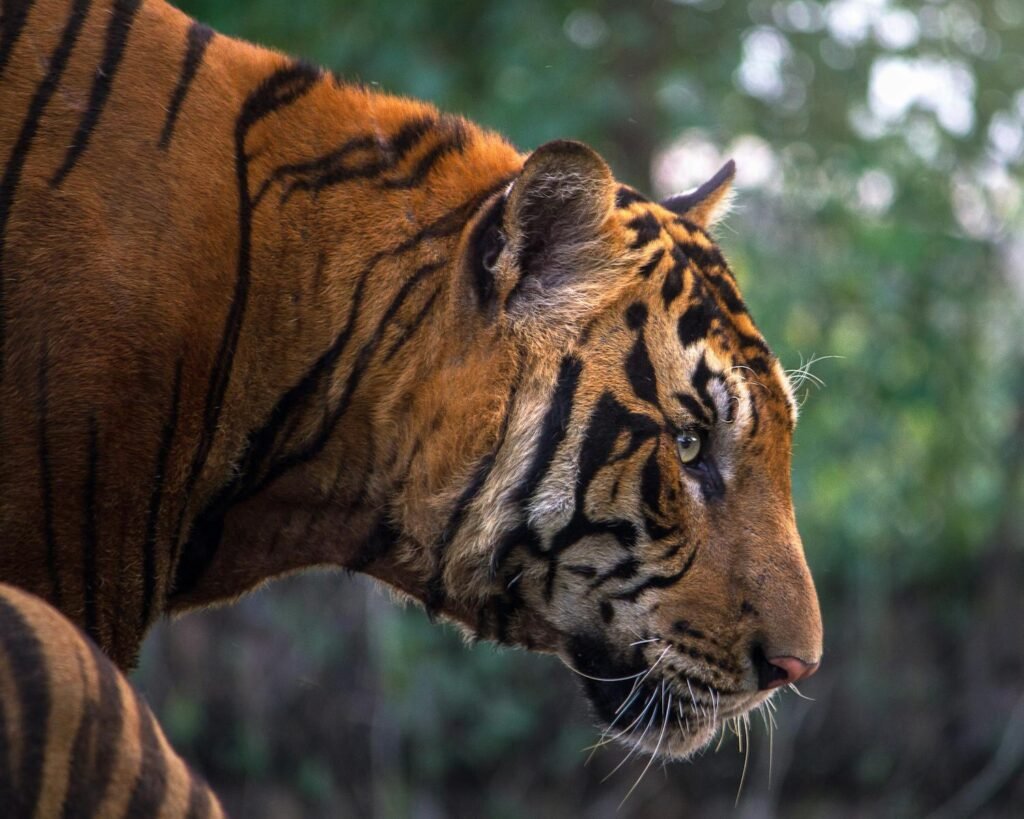
The survival of big cats in urban environments heavily depends on human tolerance. Education and awareness programs play a crucial role in promoting coexistence. By understanding their behaviors and needs, communities can reduce the likelihood of conflict and support conservation efforts.
Technological Aids and Conservation Efforts
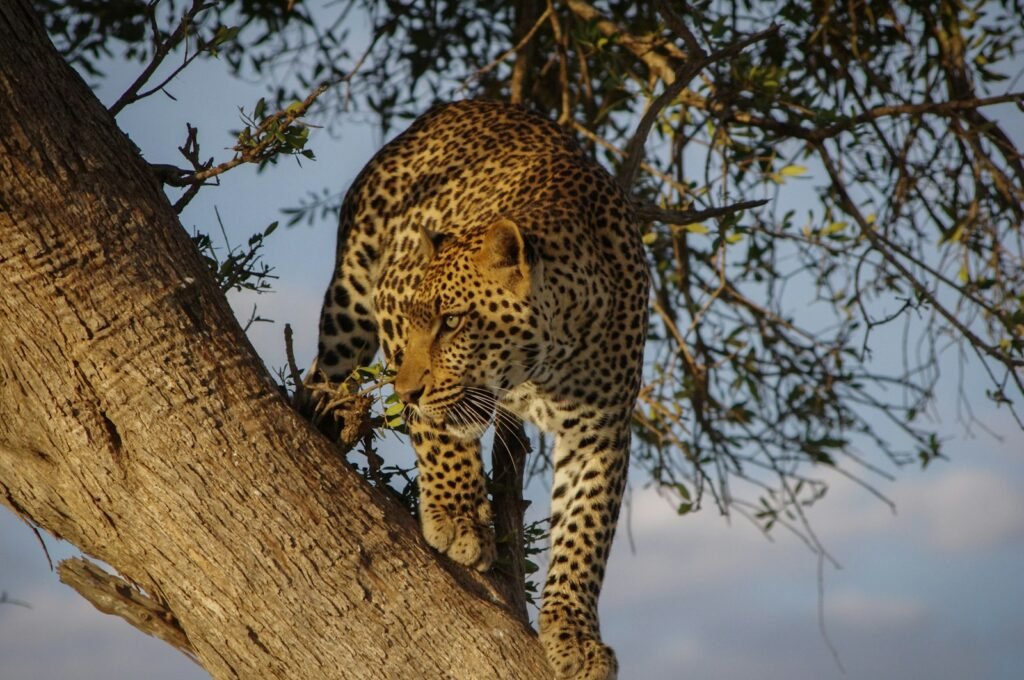
Conservationists and researchers use technology to monitor and track big cats in urban settings. GPS collars and camera traps provide invaluable data on their movements and behaviors, helping to devise strategies that minimize human-wildlife conflict and promote safe passage through urban areas.
Challenges and Risks
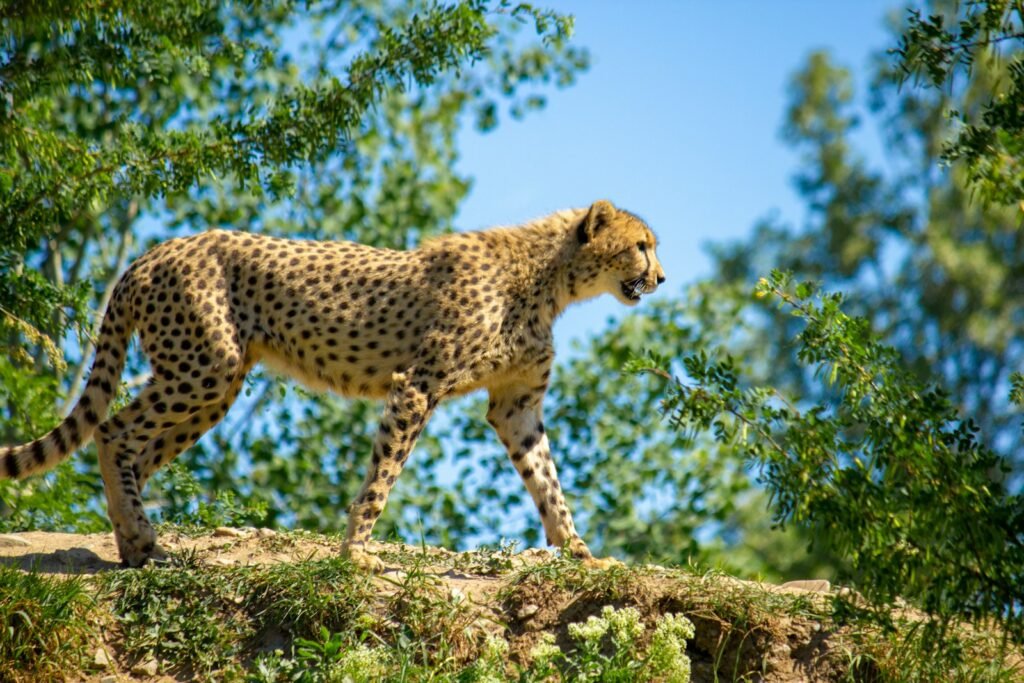
The presence of big cats in urban areas poses significant challenges. The risk of human-wildlife conflict is ever-present, as predators pose threats to pets and livestock, and occasionally, people. Additionally, big cats are susceptible to road accidents and can become victims of poaching when moving through human-dominated landscapes.
Future Outlook
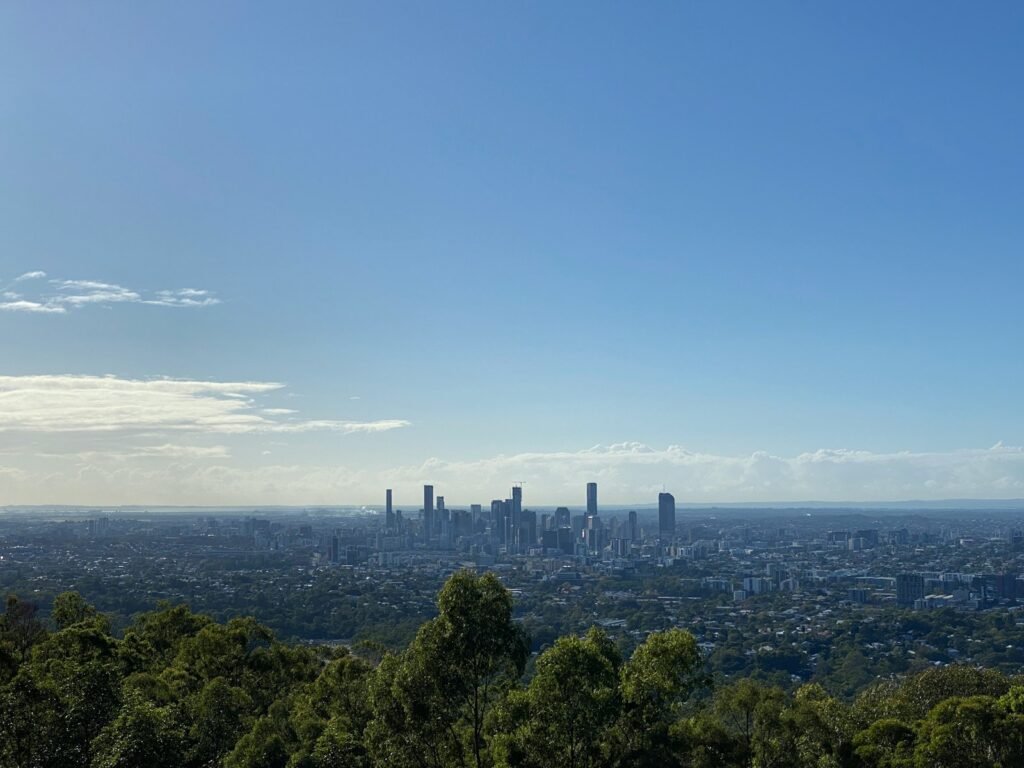
As urbanization continues to expand, the future of big cats may depend on innovative conservation strategies that promote habitat connectivity and create more inclusive urban planning. Collaborative efforts between governments, conservation organizations, and local communities are essential for creating environments where both humans and big cats can thrive.
Conclusion

The adaptability of big cats to urban encroachment is a testament to their resilience and intelligence. However, their continued existence in the face of growing urbanization demands collective efforts to ensure that these magnificent creatures have the space and resources they need to survive. By fostering a deeper understanding and respect for wildlife, we can pave the way toward harmonious coexistence with the big cats of our world.

Growing up traveling and experiencing new cultures and wonders, I have had a passion for nature, adventuring, photography, and videography. I am currently working towards a BSc in Biodiversity and Ecology at Stellenbosch University, and I hope to specialise in Marine Sciences one day.
Please send any feedback to Feedback@animalsaroundtheglobe.com






